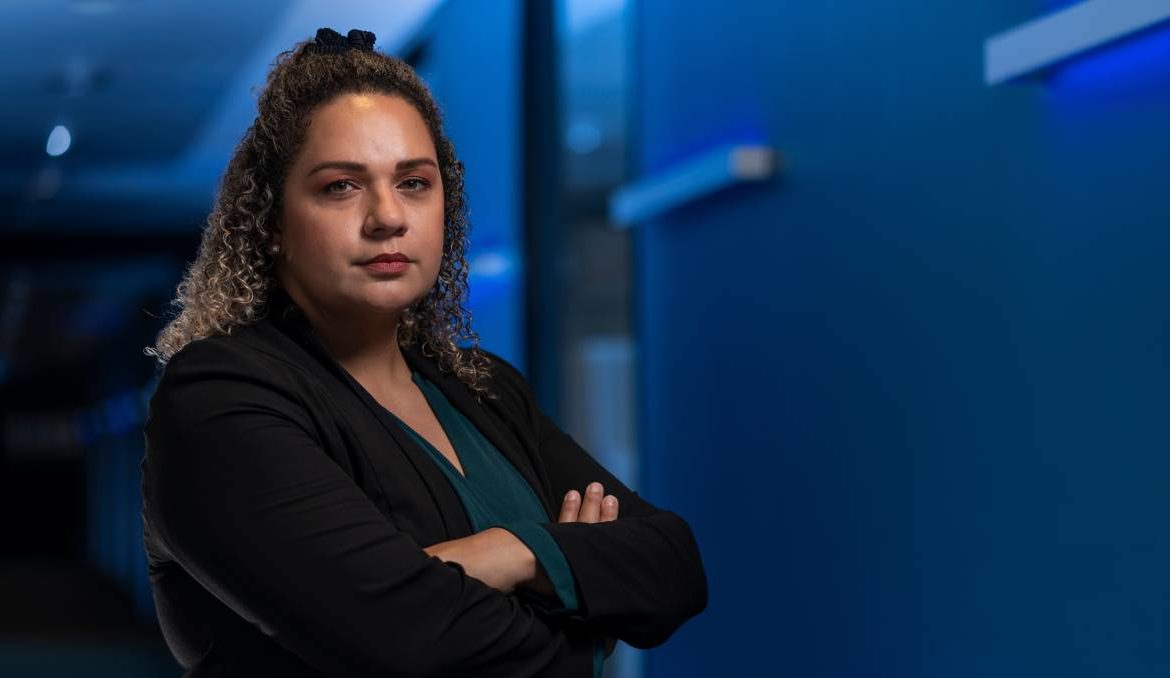news, health, cervican cancer, cervical, indingenous, cervical cancer indingenous, anu report
Indigenous women will still be at elevated risk of cervical cancer diagnosis, even as the rest of Australia looks set to eliminate the disease. A group of Canberra researchers have urged the medical establishment to address inequalities in the treatment of Aboriginal and Torres Strait Islander women when it comes to screening and vaccinations for cervical cancer. Their report is being unveiled on Thursday, to coincide with national Close the Gap Day. While Australia has set a target to reduce the incidence of cervical cancer by 70 per cent in Australia’s Indigenous population, the report’s authors argue the country is a long way from reaching that target. Lead researcher and Torres Strait Islander Lisa Whop, from the Australian National University, said while testing, prevention and treatment was being carried out adequately among the broader population, it was not being done so for the Indigenous population. “It is likely World Health Organization targets will be met for Australia, but not for Indigenous women,” Professor Whop said. “To achieve equitable outcomes for Indigenous peoples, strategies need to centre on Indigenous leadership, knowledge and solutions with ongoing community engagement. “We need a culture shift of not accepting the status quo of inequality. We need to urgently remove these inequalities and eliminate cervical cancer in Indigenous women.” In order to achieve elimination of cervical cancer in Australia, the WHO said at least 90 per cent of girls would need to be vaccinated against HPV, which is responsible for nearly all cases of cervical cancer. The WHO strategy also calls for 70 per cent of women to be screened for HPV twice in their lifetime, and for 90 per cent of women to have access to treatment. Report co-author Dr Megan Smith, from the NSW Cancer Council, said Australia had a long way to go in order to meet the WHO targets for Indigenous women. “Only about a third of Aboriginal and Torres Strait Islander women are participating in cervical screening,” Dr Smith said. “Aboriginal and Torres Strait Islander women experience cervical cancer at the same rates as developing regions of the world, despite having access to the vaccination programs and screening programs.”
/images/transform/v1/crop/frm/Yb2Jn5LgcGxmVnDUUjd5xi/4cd159c9-c3fa-45a4-ac39-d39d977a357b.jpg/r9_336_7922_4807_w1200_h678_fmax.jpg
Indigenous women will still be at elevated risk of cervical cancer diagnosis, even as the rest of Australia looks set to eliminate the disease.
A group of Canberra researchers have urged the medical establishment to address inequalities in the treatment of Aboriginal and Torres Strait Islander women when it comes to screening and vaccinations for cervical cancer.
Their report is being unveiled on Thursday, to coincide with national Close the Gap Day.
While Australia has set a target to reduce the incidence of cervical cancer by 70 per cent in Australia’s Indigenous population, the report’s authors argue the country is a long way from reaching that target.
Lead researcher and Torres Strait Islander Lisa Whop, from the Australian National University, said while testing, prevention and treatment was being carried out adequately among the broader population, it was not being done so for the Indigenous population.
“It is likely World Health Organization targets will be met for Australia, but not for Indigenous women,” Professor Whop said.
“To achieve equitable outcomes for Indigenous peoples, strategies need to centre on Indigenous leadership, knowledge and solutions with ongoing community engagement.
“We need a culture shift of not accepting the status quo of inequality. We need to urgently remove these inequalities and eliminate cervical cancer in Indigenous women.”
In order to achieve elimination of cervical cancer in Australia, the WHO said at least 90 per cent of girls would need to be vaccinated against HPV, which is responsible for nearly all cases of cervical cancer.
The WHO strategy also calls for 70 per cent of women to be screened for HPV twice in their lifetime, and for 90 per cent of women to have access to treatment.
Report co-author Dr Megan Smith, from the NSW Cancer Council, said Australia had a long way to go in order to meet the WHO targets for Indigenous women.
“Only about a third of Aboriginal and Torres Strait Islander women are participating in cervical screening,” Dr Smith said.
“Aboriginal and Torres Strait Islander women experience cervical cancer at the same rates as developing regions of the world, despite having access to the vaccination programs and screening programs.”







